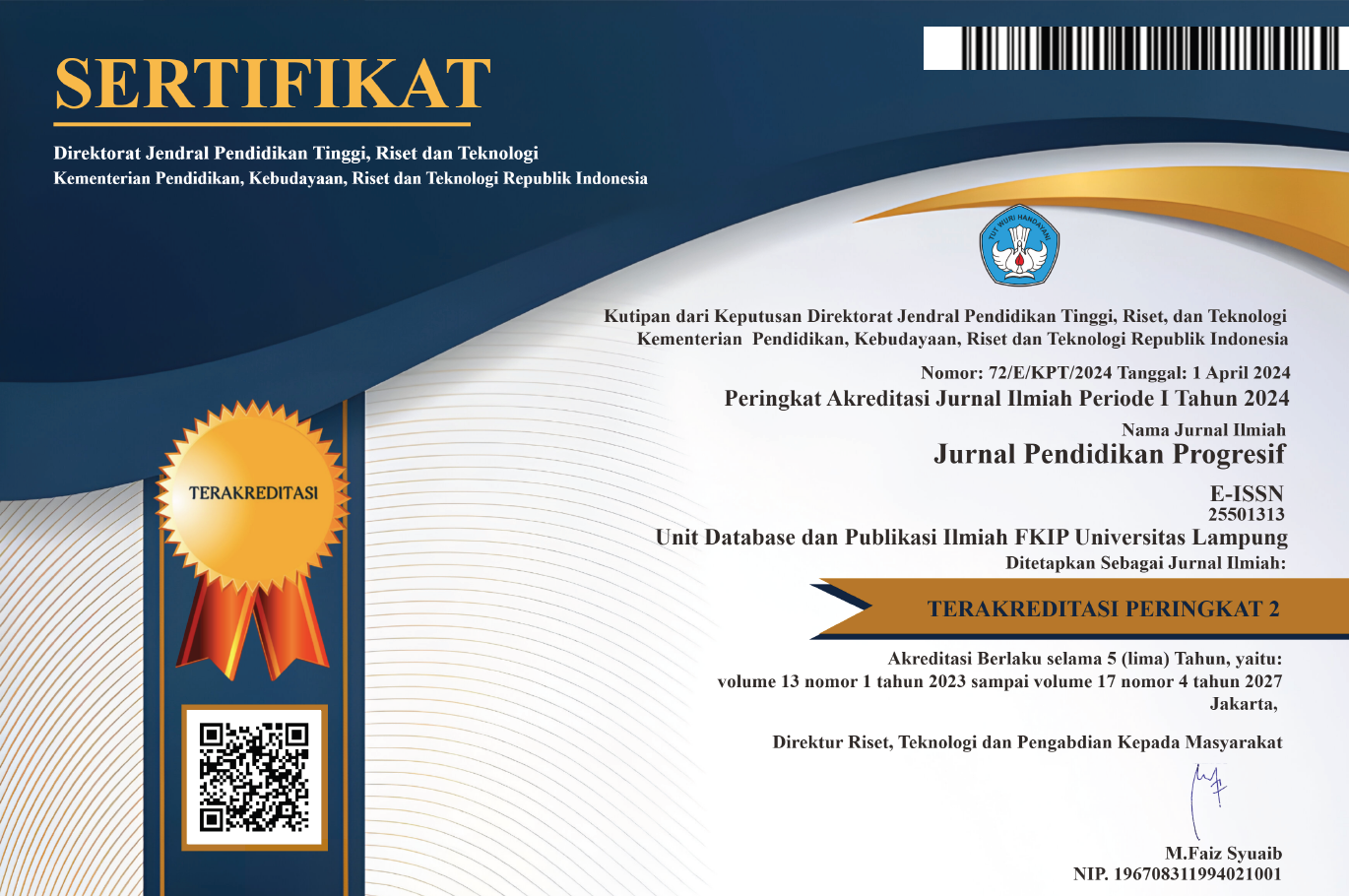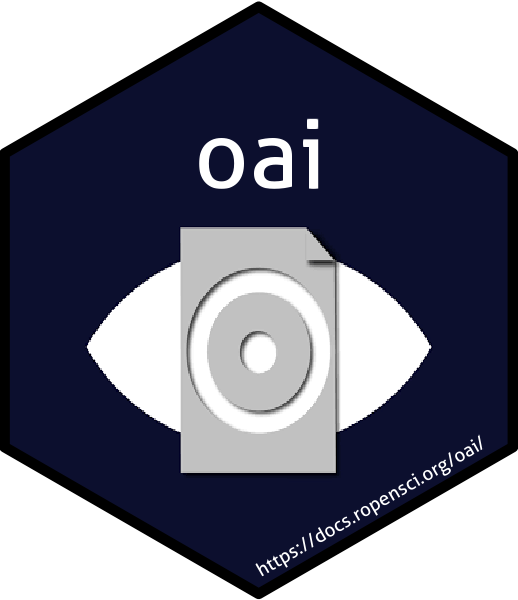Improving Chemistry Learning Outcomes for Vocational Students Using ARIAS Learning Model
 Country:
Country:
(1) Universitas Sriwijaya SMK Negeri 4 Palembang, Indonesia
(2) Universitas Sriwijaya SMK Negeri 4 Palembang, Indonesia
(3) Universitas Sriwijaya SMK Negeri 4 Palembang, Indonesia
Improving chemistry learning outcomes for vocational students using ARIAS learning model. Objectives: This classroom action research was carried out to investigate students’ chemistry learning outcomes at vocational level through ARIAS learning model. Methods: The study was conducted in two cycles, each cycle consisting of two meetings. Findings: The mean score before the treatment (T0) was 66.89 with learning mastery percentage of 40.54%, then the mean score increased to 76.51 after teacher applied ARIAS learning model in cycle I (T1) with learning mastery percentage of 62.16%. The improvement of the mean score of students’ cognitive learning outcomes also occurred in the last cycle. The mean score of student cognitive test result was 84.09 with learning mastery percentage of 89.19%. Students also gave positive responses of learning process
Keywords: Classroom action research, ARIAS learning model, chemistry learning outcomes
DOI: http://dx.doi.org/10.23960/jpp.v8.i2.201801
Aidinopoulou, V., & Sampson, D. G. (2017). An action research study from implementing the flipped classroom model in primary school history teaching and learning. Journal of Educational Technology & Society, 20(1), 237.
Anggraeni, A. D. (2018). Metode Role Playing dalam Pembelajaran Profesi Kependidikan. Jurnal Pendidikan Progresif, 8(1), 29–35.
Arsyad, N., Rahman, A., & Ahmar, A. S. (2017). Developing a self-learning model based on open-ended questions to increase the students’ creativity in calculus. Global Journal of Engineering Education, 9(2), 143–147.
Baș, G., & Beyhab, Ö. (2017). Effects of multiple intelligences supported project-based learning on students’ achievement levels and attitudes towards English lesson. International Electronic Journal of Elementary Education, 2(3), 365–386.
Bass, B. (2018). Action research study of classical teaching methods vs. active learning methods in the middle school social studies classroom. Culminating Experience Action Research Projects, Volume 18, Part 2, Spring 2016, 26.
Cochran-Smith, M., & Lytle, S. L. (1990). Research on teaching and teacher research: The issues that divide. Educational Researcher, 19(2), 2–11.
Cochran-Smith, M., & Lytle, S. L. (1999). The teacher research movement: A decade later. Educational Researcher, 28(7), 15–25.
Curșeu, P. L., Chappin, M. M., & Jansen, R. J. (2018). Gender diversity and motivation in collaborative learning groups: The mediating role of group discussion quality. Social Psychology of Education, 21(2), 289–302.
Daryanto. (2011). Penelitian Tindakan Kelas dan Penelitian Tindakan Sekolah Beserta Contoh-Contohnya. Yogyakarta: Gava Media.
Gordy, X. Z., Jones, E. M., & Bailey, J. H. (2018). Technological innovation or educational evolution? A multi-disciplinary qualitative inquiry into active learning classrooms. Journal of the Scholarship of Teaching and Learning, 18(2), 1–23.
Gribbins, M., & Cook, V. (2017, May). Workshop: Emerging technologies and practices that promote student-centered learning. In Proceedings of the Twelfth Midwest Association for Information Systems Conference (MWAIS), Springfield, Illinois.
Husna. (2012). Pengaruh penerapan model pembelajaran ARIAS disertai tugas awal terhadap belajar fisika siswa kelas XI IPA SMAN 8 Padang. Jurnal Pelangi, 3(2), 1–14.
Jen, A. (2017). Improving eight graders’ integrated students reading-speaking skill based on the 2013 curriculum (A classroom action research conducted at second grade of SMP N 1 Sedayu) (Doctoral dissertation, Universitas Mercu Buana Yogyakarta).
Kunandar. (2013). Langkah Mudah Penelitian Tindakan Kelas Sebagai Pengembangan Profesi Guru. Jakarta: PT RajaGrafindo Persada.
Kurniawati, E., Hartanto, H., & Zamzaili, Z. (2017). Pengaruh model pembelajaran ARIAS integratif dan kemampuan awal dalam meningkatkan pemahaman konsep dan pemecahan masalah matematika siswa sekolah menengah pertama di Kepahiang. Jurnal Pendidikan Matematika Raflesia, 2(2).
Kusumah, W., & Dwitagama, D. (2012). Mengenal Penelitian Tindakan Kelas. Jakarta: PT Indeks.
Le Ha, P. (2014). The politics of naming: Critiquing “learner-centred” and “teacher as facilitator” in English language and humanities classrooms. Asia-Pacific Journal of Teacher Education, 42(4), 392–405.
Mettetal, G. (2001). The what, why and how of classroom action research. Journal of Scholarship of Teaching and Learning, 2(1), 6–13.
Nissim, N., Shahar, Y., Elovici, Y., Hripcsak, G., & Moskovitch, R. (2017). Inter-labeler and intra-labeler variability of condition severity classification models using active and passive learning methods. Artificial Intelligence in Medicine, 81, 12–32.
Nurhayati. (2014). Pengaruh strategi genius learning melalui model pembelajaran ARIAS (Assurance, Relevance, Interest, Assessment, and Satisfaction) terhadap hasil belajar siswa. Jurnal Nalar Pendidikan, 3(1), 72–78.
Pangujuanto, T., & Trirahmidi. (2009). Kimia 3 untuk kelas XII SMA/MA. Jakarta: Pusat Perbukuan.
Permendikbud. (2013). Materi Pelatihan Guru Implementasi Kurikulum 2013. Jakarta: Badan Pengembangan Sumber Daya Manusia Pendidikan dan Kebudayaan dan Penjaminan Mutu Pendidikan.
Rayens, W., & Ellis, A. (2018). Creating a student-centered learning environment online. Journal of Statistics Education.
Saminan, S., Risa, N., & Hamid, T. (2017). Implementation of ARIAS learning model integrated with constructivist theory to improve student learning outcomes. Jurnal Ilmiah Peuradeun, 5(2), 213–224.
Smith, K. (2017). The facilitator perspective: The decisions and actions that strategise teacher self-directed learning. In Teachers as Self-directed Learners (pp. 119–126). Springer, Singapore.
Sobocinski, M., Malmberg, J., & Järvelä, S. (2017). Exploring temporal sequences of regulatory phases and associated interactions in low- and high-challenge collaborative learning sessions. Metacognition and Learning, 12(2), 275–294.
Streveler, R. A., & Menekse, M. (2017). Taking a closer look at active learning. Journal of Engineering Education, 106(2), 186–190.
Strijbos, J. W., & Wichmann, A. (2018). Promoting learning by leveraging the collaborative nature of formative peer assessment with instructional scaffolds. European Journal of Psychology of Education, 33(1), 1–9.
Sulimah, S., Sulitya, D., & Fitri, S. (2018). Improving students’ learning achievement through Think, Talk, and Write (TTW) learning mode. Jurnal Pendidikan Progresif, 8(1), 10–17.
Suparlan. (2004). Guru Efektif. Yogyakarta: Hikayat Publishing.
Tharayil, S., Borrego, M., Prince, M., Nguyen, K. A., Shekhar, P., Finelli, C. J., & Waters, C. (2018). Strategies to mitigate student resistance to active learning. International Journal of STEM Education, 5(1), 7.
Wolters, C. A., Won, S., & Hussain, M. (2017). Examining the relations of time management and procrastination within a model of self-regulated learning. Metacognition and Learning, 12(3), 381–399.
Refbacks
- There are currently no refbacks.

This work is licensed under a Creative Commons Attribution-ShareAlike 4.0 International License.
View My Stats






